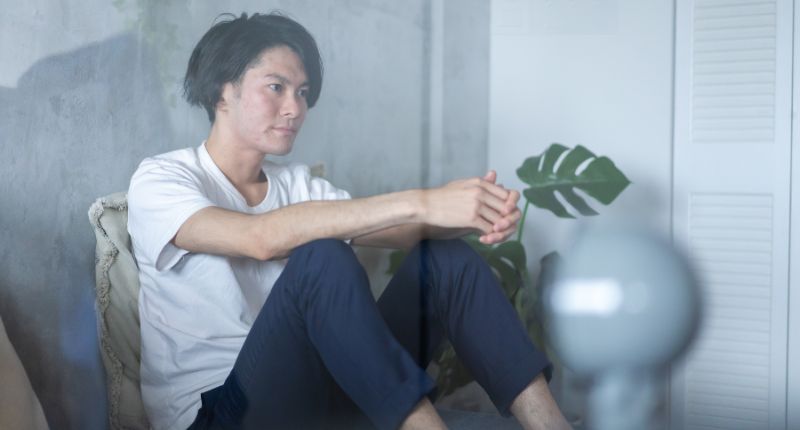
- Single-person households a driving factor of the rental crisis.
- Reversal of lone occupancy household likely temporary.
- High-density, quality apartments are the solution to Australia's housing challenges.
The rise in single-person households during the COVID-19 pandemic was a key factor driving the rental crisis, according to Ray White’s chief economist, Nerida Conisbee.
The surprising reason behind the rental crisis
While this may sound contradictory, considering there was little to no growth during this period, the Royal Bank of Australia (RBA) stated that people living alone or with their partners had more than made up for the fall in migration.
Recently, the heightened rental prices caused by tightening rental vacancies have kickstarted a reversal in this trend, with renters moving back into larger households to share the cost of rent.
“With rents being expensive, it is quite difficult to maintain a single household if you haven’t received a pay increase over that time period,” Conisbee told The Property Tribune.
“It is likely to continue back to the levels we saw pre-COVID when there were far fewer single households than there are at the moment.”
The number of single-person households hit a peak during the pandemic

Nevertheless, Conisbee predicted that the reversal would be temporary, citing demographic trends, such as Australia’s ageing population and declining fertility rate.
Smaller households likely to be the norm
“Right now, rents are very high, and it has a lot to do with the fact that we’ve got population growth occurring again and too few homes for people to live in,” said Conisbee.
“But in time, we do expect more people to be living alone. It is partly due to the fact that we have an ageing population. As people age, they are more likely to live alone.”
Conisbee also pointed to a general rise in preference to live in smaller households.
“Given the opportunity and the financial ability, there appears to be a strong preference for people to have a limited number of other people in their household.”
High-density dwellings have been slowly becoming the norm in the inner suburbs.
Even the outer suburban areas have been seeing more high-density homes due to changes in the land release.
On the other hand, homes located between inner and outer suburbs have remained low-density.
“The middle suburbs are very low density, they’re dominated by single homes on big blocks, and it really isn’t all that well suited to the types of households that we are likely to see in the future.”
Conisbee believed that high-density housing was the key to solving Australia’s expensive and scant housing.
She noted that the apartments being built were primarily targeted towards younger people and viewed as a stepping stone to getting into a house.
Hence, most single occupiers not belonging to that demographic continue to live with two or more spare bedrooms.
While this may be a preference for some, the reality is that downsizing is often unfeasible.
Most single-person households have two or more spare bedrooms

“I guess what’s not being built is as much is a higher quality apartment for older people,” said Conisbee.
“That definitely seems to be the pain point at the moment, that a lot of older people are living in very big homes that aren’t really that suitable for them.
“And it is partly due to the fact that financially it doesn’t make sense to downsize, and also it’s hard to downsize.
Conisbee added there aren’t sufficient homes in the areas that they live in that make it easy for them to downsize.
“That would include things that don’t contain a lot of steps, for example, perhaps higher-quality finishes.
“The economist said there needs to be larger and higher-quality apartments designed for people to live through their lifetimes.
“This will ensure that the incoming housing supply will be better suited to the diverse needs of the Australian population rather than only young first-home buyers.
“The opportunity over the next 10 years is to make sure that apartment living is as good as living in a house,” she said.







